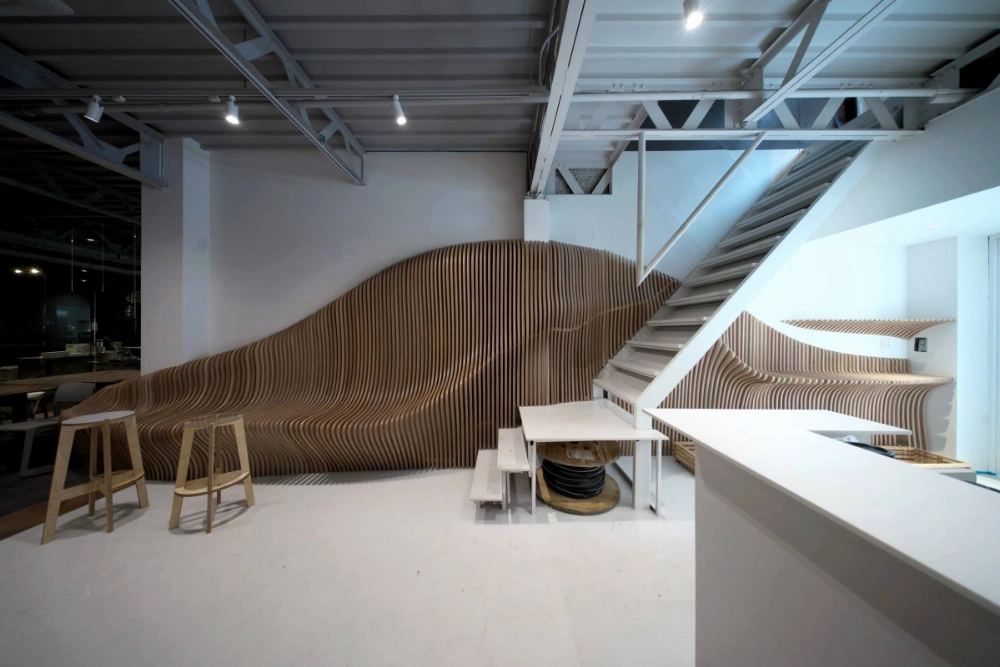Among the biggest draws of flat-packed or kit furniture is that it is usually cheaper to purchase and more convenient to transport than its traditional bulky counterparts, but there is much more design potential in manipulating flat forms into structures than cost effectiveness.
This month, On: Design focuses on interior pieces that are not only cleverly constructed, but also elevate the kit format with innovation and elegance.
Originally launched in 2021, Plamo Furniture takes its name from the Japanese term for the hobby of plastic model making. Similar to puramo kits, which feature model parts attached to sprues, Plamo Furniture’s range of DIY stools and tables are built from components precut into 90-by-182-centimeter sheets of engineered wood — a design that minimizes material waste and can be conveniently transported.


















With your current subscription plan you can comment on stories. However, before writing your first comment, please create a display name in the Profile section of your subscriber account page.